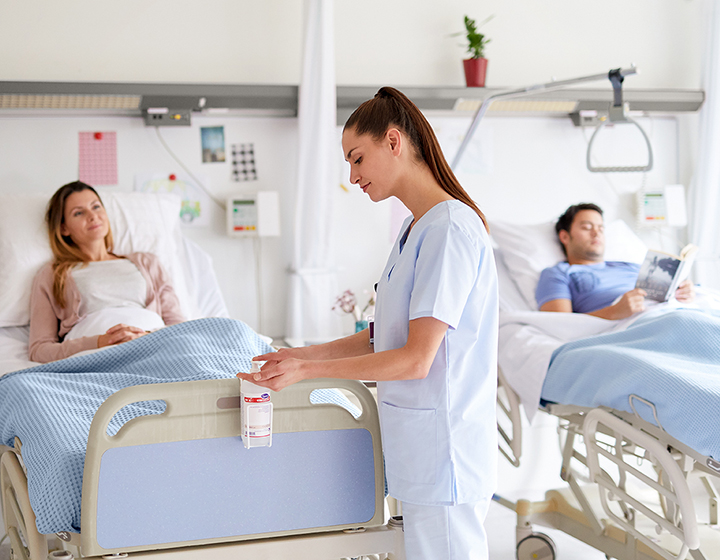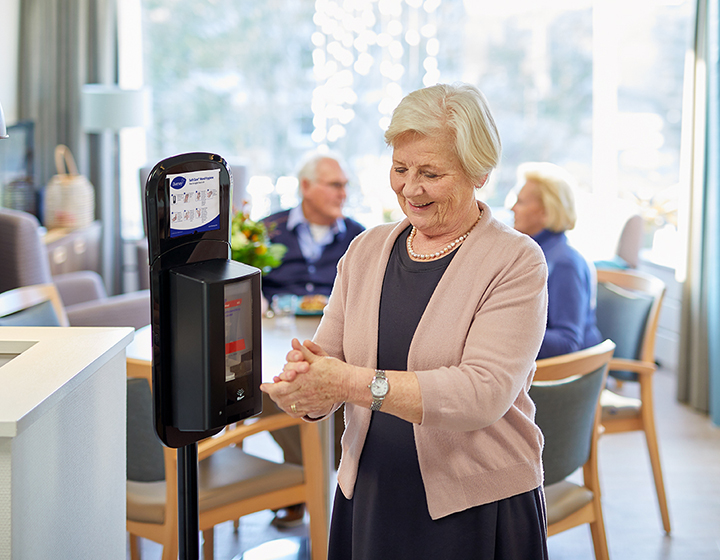Each year in the US, there are millions of common cold cases. Common colds are the main reason why children miss school and adults miss work. Adults have an average of 2-3 colds per year and children have even more. There are approximately 200 viruses that can cause the common cold. Rhinoviruses are the most common cause.
Rhinoviruses are members of the Picornaviridae family of viruses, which includes polovirus and enteroviruses, such as EV-D68. Rhinoviruses are often detected in the respiratory secretions (saliva, mucus, sputum) and feces of infected people. It is believed that the most likely route for the spread of Rhinoviruses is from person to person through the passing of contaminated secretions.
Infections are most likely to occur in the winter and spring; however, anyone can become infected at any time of the year. While it is common to recover from a Rhinovirus infection within 7-10 days, those with a weakened immune system, asthma or respiratory condition, Rhinoviruses can lead to a more serious illness, like Pneumonia. In people with asthma, particularly children, rhinovirus infections are also frequently associated with flare-ups.
Symptoms
Common signs and symptoms of Rhinoviruses include:
- Sore Throat
- Runny Nose
- Cough
- Sneezing
- Headaches
- Watery Eyes
- Body Aches
- Fever
Rhinoviruses can be found in an infected person’s:
Eye, nose and mouth secretions (saliva, mucus, sputum)
- Feces
Transmission
Rhinoviruses are spread easily through person-to-person contact. The virus is spread by direct contact with aerosols produced when an infected person coughs or sneezes (respiratory secretions) or through contact with contaminated surfaces where you pick up the virus on your hands and later touch your eyes, nose or mouth.
Contagiousness
Rhinoviruses are quite stable and can survive a few hours on an inanimate objects, which increases the risk it can be picked up by the hand and later be transferred to the nose, eyes or mouth. The risk of transmission can be increased in schools or day cares where a child with a runny nose transfers secretions to hands, tables, toys or other surfaces which are subsequently touched by other children.




